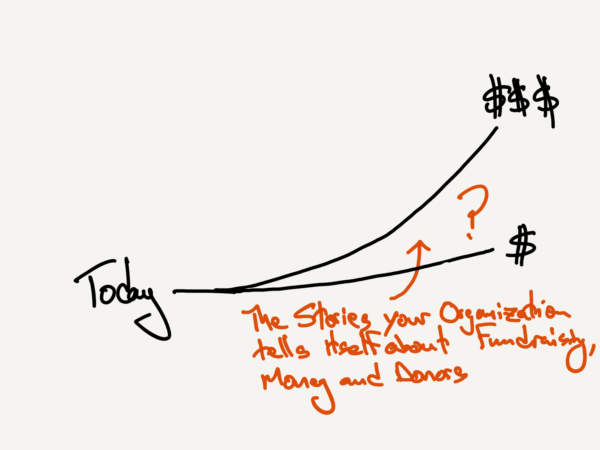It’s time to get tactical.
We gave you a couple big ideas for how to think about your print newsletter. (If you want to delight your donors and raise more money, that is.)
Now as we move into the details, here’s a summary for the elements of your newsletter:
- Send it in a #10 or larger envelope (not a self mailer)
- Teaser should be “Your newsletter enclosed”
- 4 pages long (1 tabloid-sized sheet, folded in half to make 4 pages)
- The first three pages should be Stories of Success; between 2 and 4 stories, each about an individual beneficiary, each sharing the “before” and the “after” for that beneficiary, and each giving credit to the donor for making the transformation happen
- The back page should be a Story of Need with an offer: this is a story that describes a current need being faced by beneficiaries, and a description of how the donor’s gift of a certain size will perfectly meet the need for one person
- A separate reply card, with bonus points for pre-printing the donor’s info and customizing the gift ask amounts based on the donor’s previous gift
- A separate reply envelope that the donor can use to send back their gift
Of course there are other newsletter formats that work.
But if you’re looking to improve your newsletter, this particular way has been battle-tested by thousands of nonprofits.
It’s worked so many times for so many types of organizations that it’s our “default setting.” In other words, if a nonprofit asks Better Fundraising to create a newsletter – and we’re going to be retained or fired based on the results – this is the model we follow. It’s the model we recommend to all of our clients, the model we speak about at conferences, etc.
Why So Specific?
My goal is to show you exactly what to do to raise money and delight your donors, and to take the mystery out of successful nonprofit newsletters.
We want to make it as easy as possible for you. I heard from a client earlier today who said, “The reduction in anxiety from having a proven model to follow is priceless.”
That’s what we’re offering here. And next, we’ll tackle how to write your stories, how to design your newsletter, who to send it to, even the best way to write headlines and picture captions. Stay tuned!
This post was originally published on February 27, 2020. Get a free downloadable “e-book” of this whole series here.



